6. Only God Forgives (Nicolas Winding Refn, 2013)
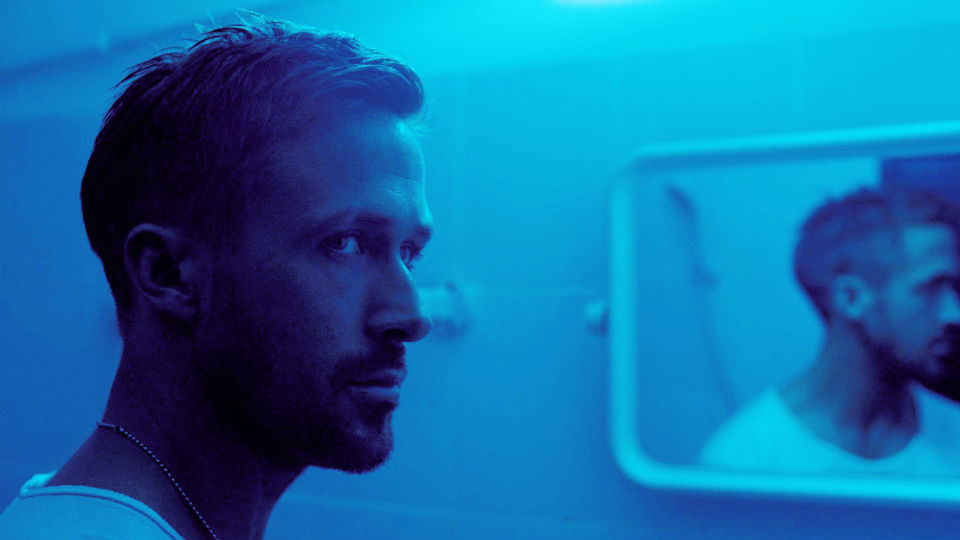
For lovers of Gaspar Noe, Nicolas Winding Refn should be the first place to start. The two are known to be great friends and Refn even admitted calling Gaspar Noe for tips on how to film the head bashing elevator scene in drive because Gaspar Noe is “the king of head smashing”. More so than just their friendship, they’re extremely similar in their style, influences and content.
El Topo has been noted for its deep influence on Only God Forgives, with the credits showing Refn’s dedication of the film to Jodorosky. The films style has often been compared to that of Enter The Void and it’s easy to see why, the two directors seemingly share an obsession with bright neon blues and reds that offer a beautiful and unique vision of cinema.
Only God Forgives follows Gaspar Noe’s path in being disturbingly graphic whilst simultaneously unfathomably beautiful and Jodorowsky’s path of being an intense, arresting experience and simultaneously completely illegible.
Its pounding soundtrack, gushing violence, perverse incestual references and stunning neon lights are as close as you can get to a Noe film without seeing his name on the credits. The only other option – the necrophiliac cannibalism of The Neon Demon.
7. Suspiria (Dario Argento, 1977)
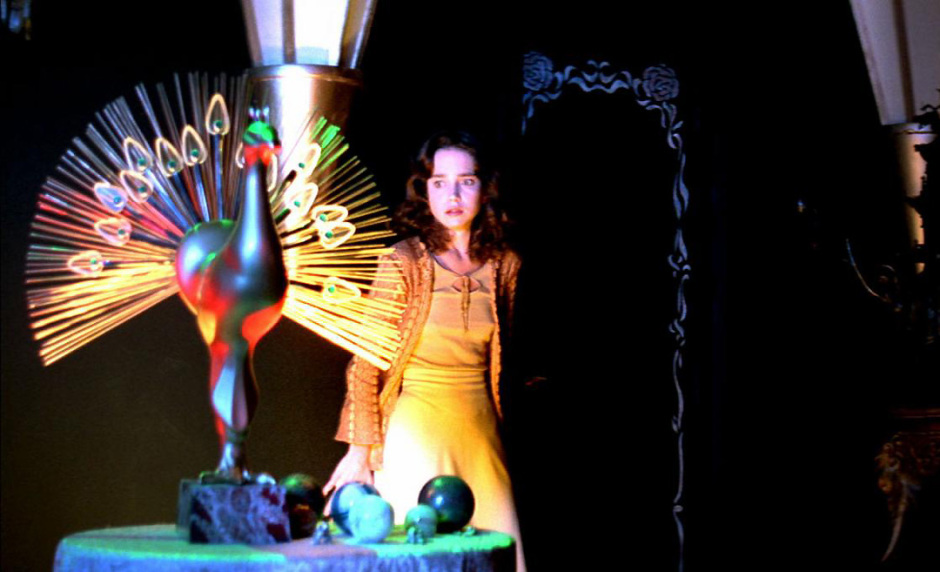
Dario Argento – The master of Giallo. To many – The master of Horror. His films are steeped in bright, startling colour that offer some of the most stylish aesthetics in cinema; it’s no wonder his influence has become inbedded into the cinema of both Refn and Noe. The three are all friends: a holy trinity of provocation and nihilism. But without Argento, their cinema may not be what it is today.
Suspiria offers an abrupt descent into insanity through a merging of its mystical soundtrack and vibrant visuals. It’s a sensuous masterpiece, soaked in a maze of architecture and colour that lends to a disorientated dance of mystery in a space you never feel welcome.
Argento’s genius lies in the aesthetic, the style and the haunting atmosphere he creates. The deep, consuming reds which flash across the film show its profound influence in the patterns of colour in Refn’s and Noe’s films.
The concept of the dancers, trapped within a school of terror that becomes an inescapable maze of fear more than alludes to the horrific and claustrophobic space of Climax. Argento is one of the most stylish and recognisable filmmakers in history and his style has been inextricably imprinted onto Noe’s cinema.
8. Go, Go Second Time Virgin (Koji Wakamatsu, 1969)
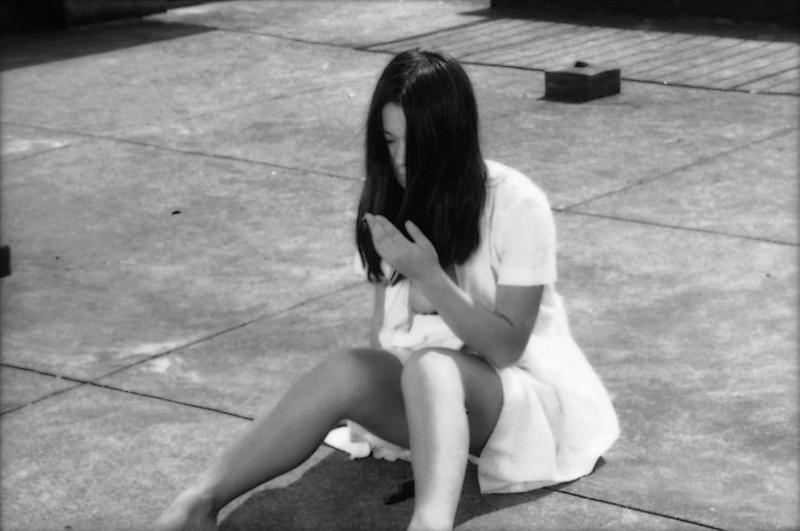
Koji Wakamatsu is widely considered the most important and famous director of Pink films in Japan. He has been noted for his disregard for social standards and his cultural anarchy. He also helped produce In the Realm of the Senses, a film famous for its explicit unsimulated sex scenes which led to censorship and bans across the world.
Go, Go Second Time Virgin is a film of immense aesthetic quality for its minimal budget. It’s part of the experimental New Wave of Japanese cinema that often depicted taboo subjects and surreal fantasies. The film has almost been forgotten, but, it’s in need of revival: it’s a unique, rare and incredible visual experience. Its story though, is one of the strangest and most troubling you will ever come across.
The film constantly depicts acts of gang rape and violent murders – it is an exercise in stylish perversion and an exploration into primitive, humiliating abuse. It is an absurd film, but one which is not constricted to any boundaries and takes on violence and sex in a way that only directors as brave as the likes of Noe can. It’s worth watching for just how unique it is, but also for the bravery and rawness that seem so hard to come by in modern cinema.
9. Blind Beast (Yasuzo Masumura. 1969)
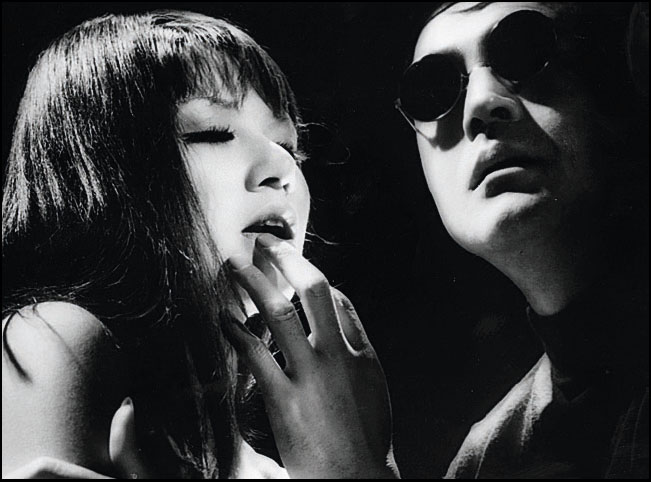
Another sinister offering from the Japanese New Wave, Yasuzo Masumura’s Blind Beast is both macabre and demented and manages to culminate the themes explored in so many of the above films. The background setting to a lot of the film features a room reminiscent of the Dali architecture seen in Spellbound, although here, the walls are implanted with women’s body parts.
It’s an eccentric work centred on three characters who all become stuck within their own strange fantasies. It all takes place under the narrative of the maddened blind artist who will do anything for his final masterpiece; that anything comes as he and his mother kidnap a young woman to be his muse.
Its absurdity is oddly enjoyable. It’s the Stockholm syndrome, the Oedipal complex and an unprecedented level of sadomasochism all swirled into one strange artistic fantasy. The eerie, perverse, abstract production design becomes as bizarre and distinctive as its story. The level of insanity that permeates throughout Blind Beast presents a director with a mind absurd enough to match Noe’s own visions of cinema.
10. We Are the Flesh (Emiliano Rocha Minter, 2014)
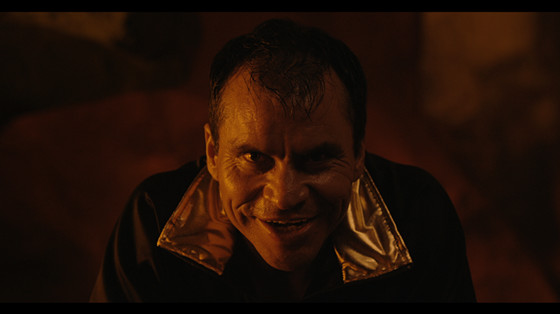
One review claimed that We Are the Flesh made Gaspar Noe look “prudish” – that might be all the advertisement anyone needs. We Are the Flesh is the ultimate circus of insanity. It is currently Emiliano Rocha Minter’s only feature length film but for fans of Gaspar Noe, they’ll be hoping it’s the start of a career filled with the same bright aesthetics, primal characters and deranged narratives.
The satanic lead character is the essence of the film, he leads the audience down into his lair: his asylum of psychedelic madness. The viscerality of the film induces a taste of utter abhorrence that is bound to deter many audiences, but those who feed of the extremity of shocking, provocative cinema may find it a modern masterpiece. The lead performance is one of the most terrifying presentations of delirium ever encountered as his character has been regressed into a state of primitive, carnal desire.
It has all the cannibalism, incest, necrophilia and masturbation necessary to indulge the desire for repulsion Noe fans demand. It’s an artistic and sadistic nightmare you’re not sure if you want to end. But more than just the perverse plot and characters of the film, the visuals are strikingly similar to Noes’.
The bright vivacity of colour is extremely recognisable and alike to the colour evoked in Noe’s films. The visuals and themes of the film owe much to Noe and it may be one of the greatest examples of a film made by a director who’s taken much influence from the masterful provocateur.